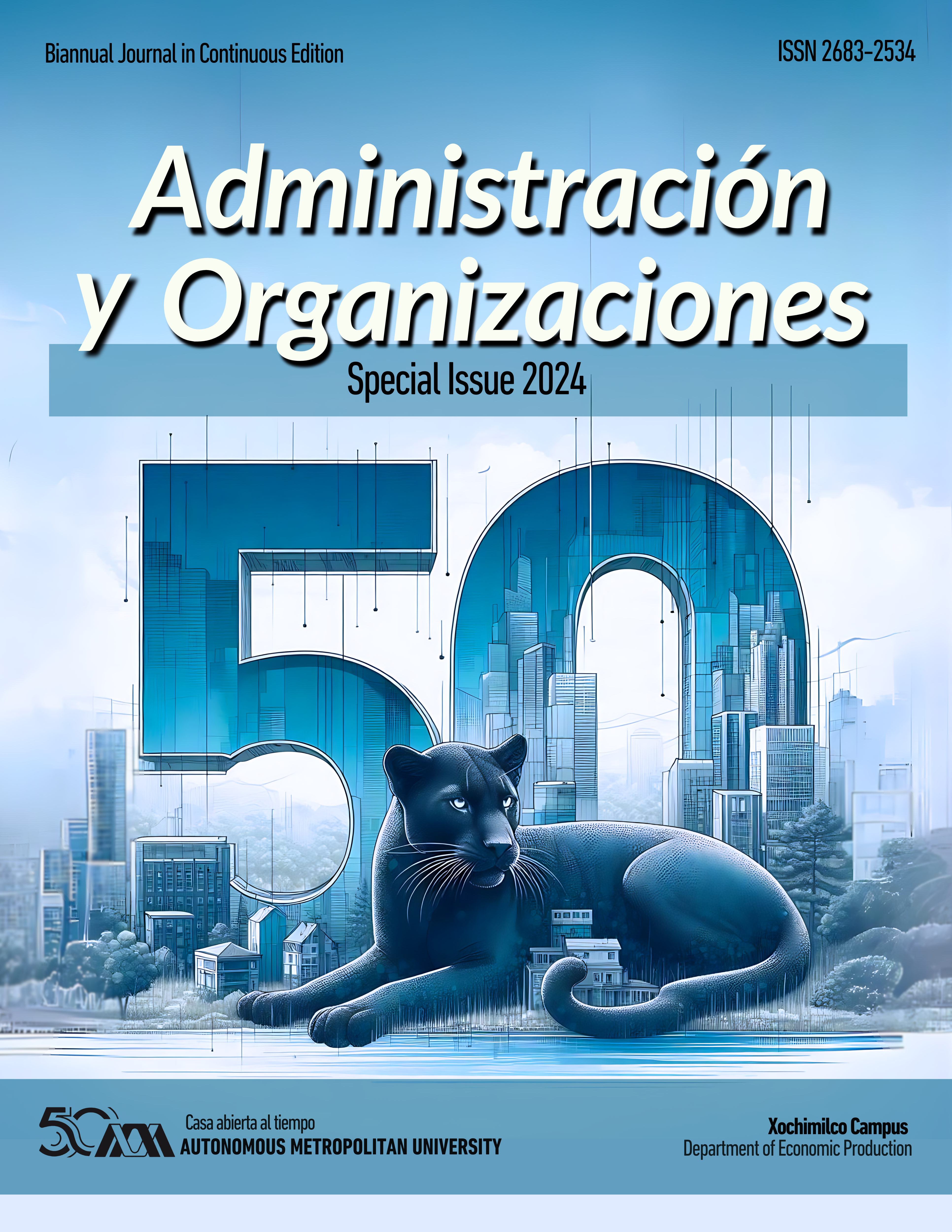Sustainability in Organizations: New approaches and ways of understanding the concept
DOI:
https://doi.org/10.24275/ZXBA1290Abstract
The most significant antecedent of sustainability emerged with the emergence of environmental movements in the United States, which were catalyzed by Rachel Carson's work "Silent Spring," published in 1962. In this seminal work, Carson exposed the extinction of birds (particularly the bald eagle) due to the excessive use of DDT in crops. Subsequently, in 1972, the United Nations Conference on the Human Environment was held in Stockholm, Sweden. During this conference, the impacts of the prevailing economic model were scrutinized, and discussions revolved around environmental protection and the exploration of common ground between environmental concerns and economic issues related to capital, growth, and employment. This early 1970s discourse engendered a stance that juxtaposed economic growth with environmental stewardship, giving rise, for the first time, to the proposition of zero growth.
Downloads
Downloads
Published
How to Cite
Issue
Section
License
Copyright (c) 2024 Administración y Organizaciones

This work is licensed under a Creative Commons Attribution-NonCommercial-NoDerivatives 4.0 International License.
Es responsabilidad de los autores garantizar que los manuscritos enviados a Administración y Organizaciones sean originales, que no hayan sido publicados y no estén considerados para su publicación en otra revista. Como parte de una política de la revista, todos los manuscritos recibidos serán sometidos al software iThenticatev para identificar que las fuentes utilizadas fueron citadas de manera correcta y asegurar que los artículos sean originales e inéditos, aquellos artículos que tengan párrafos clonados de otras fuentes no continuarán con el proceso de dictaminación.
El lector es libre de compartir o adaptar el material en cualquier medio o formato bajo las condiciones siguientes: (1) debe reconocer adecuadamente la autoría, proporcionar un enlace a la licencia e indicar si se han realizado cambios; (2) no puede utilizar el material para una finalidad comercial y (3) si remezcla, transforma o crea a partir del material, deberá difundir sus contribuciones bajo la misma licencia que el original.
Cada autor es responsable del contenido de su artículo. En el caso de un texto colectivo, el primer autor asume la responsabilidad intelectual de los resultados del proceso editorial; los autores son responsables de obtener la licencia de autor para reproducir materiales gráficos o fotográficos que pertenecen a terceros.
Los autores asumen plena responsabilidad en el caso de falsificación de datos o falta de autenticidad en la investigación. Se comprometen, también, a no reutilizar trabajos ya publicados, total o parcialmente, para presentarlos en otra publicación.












